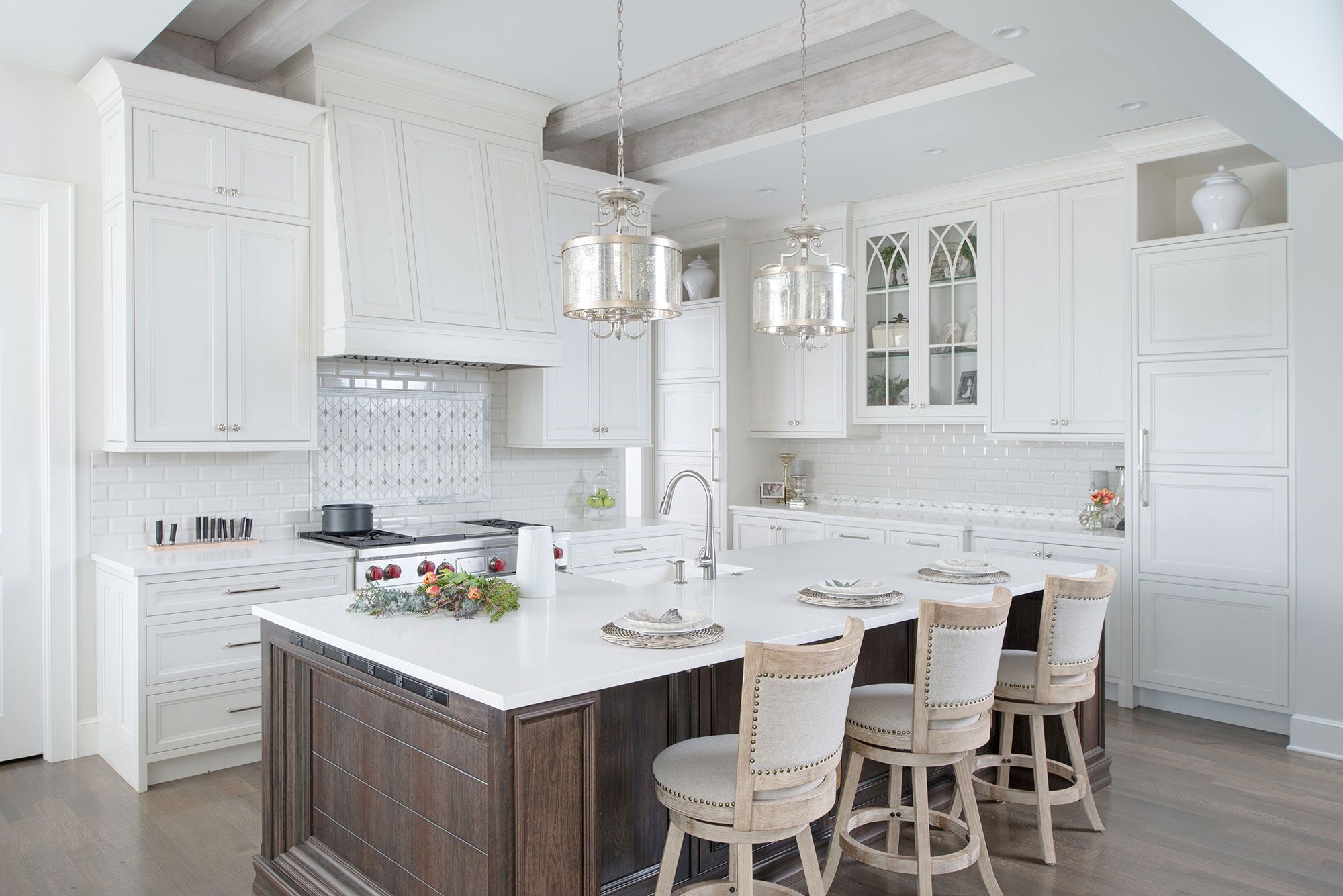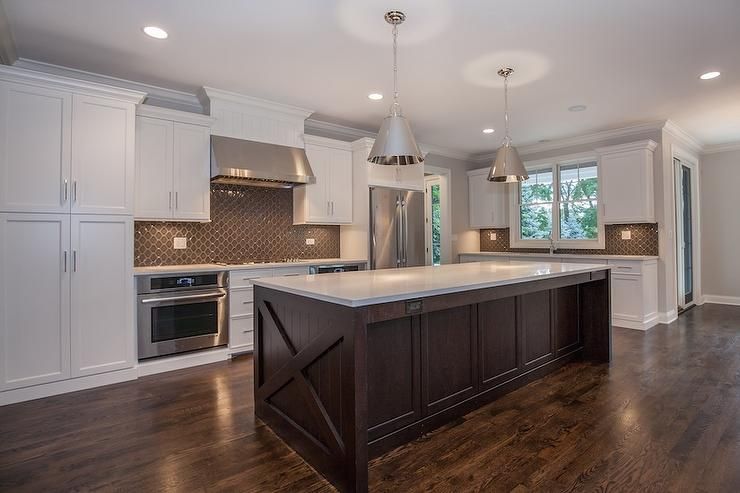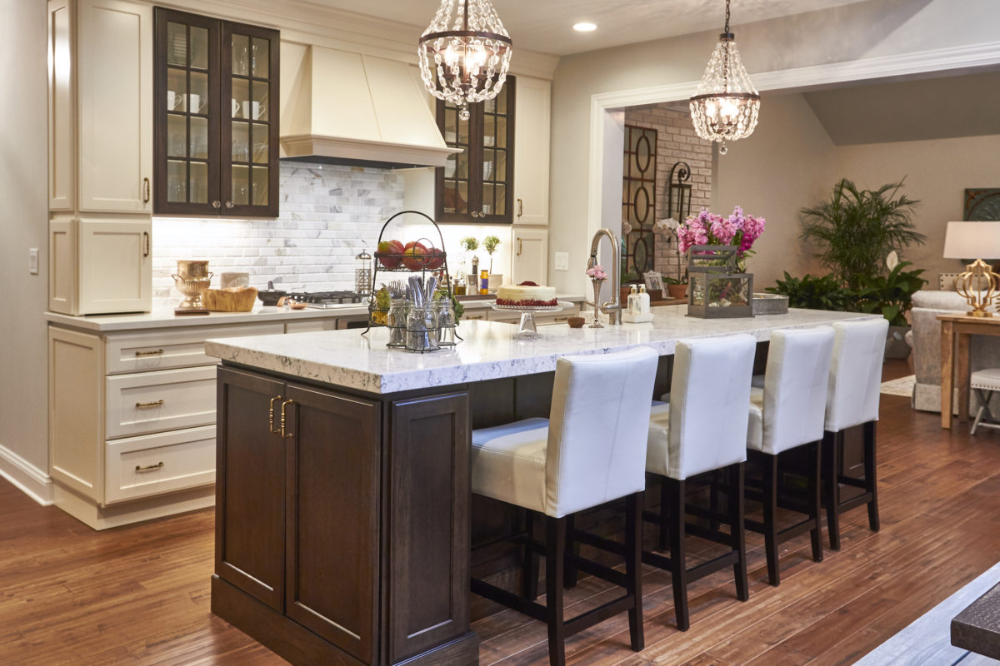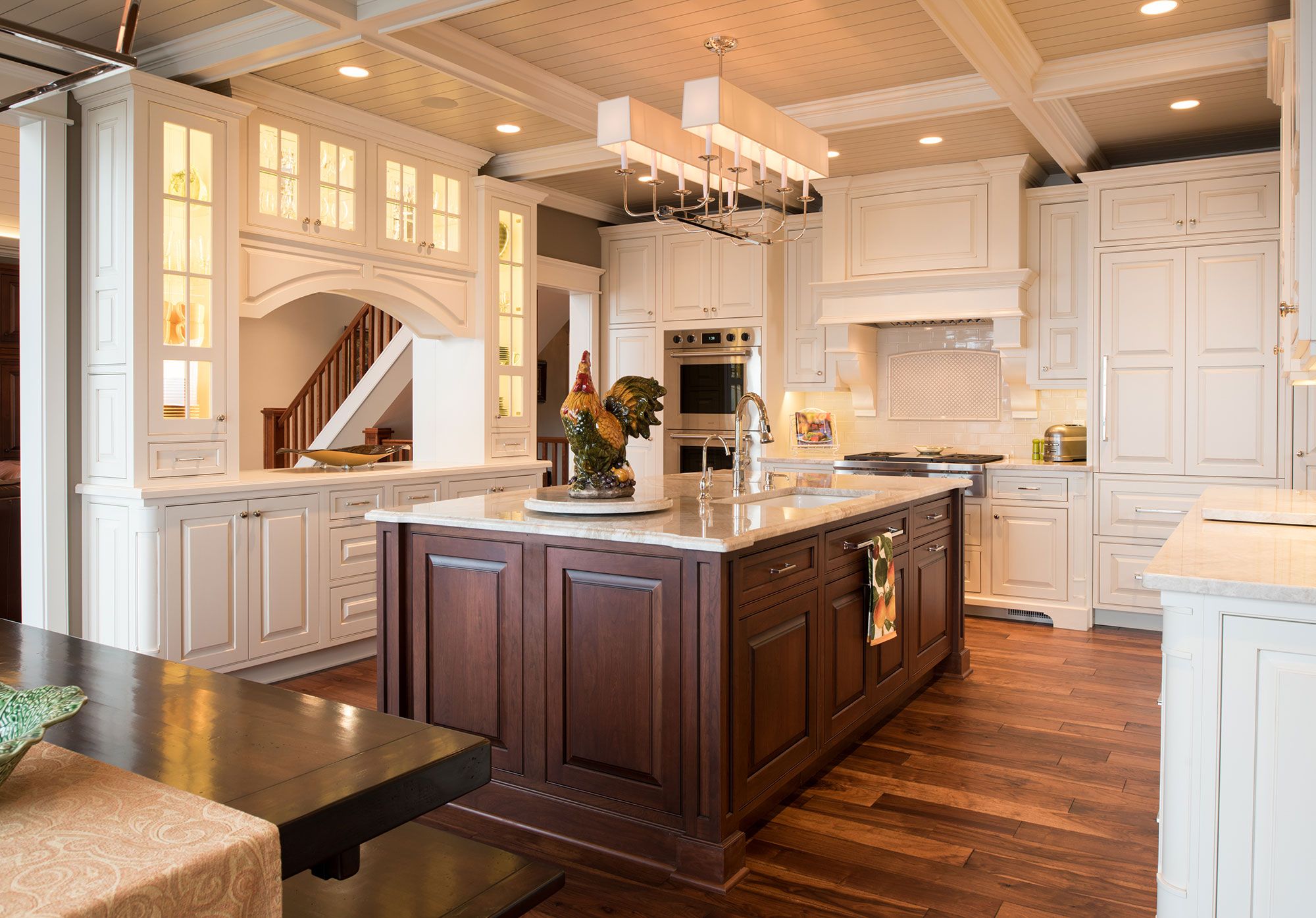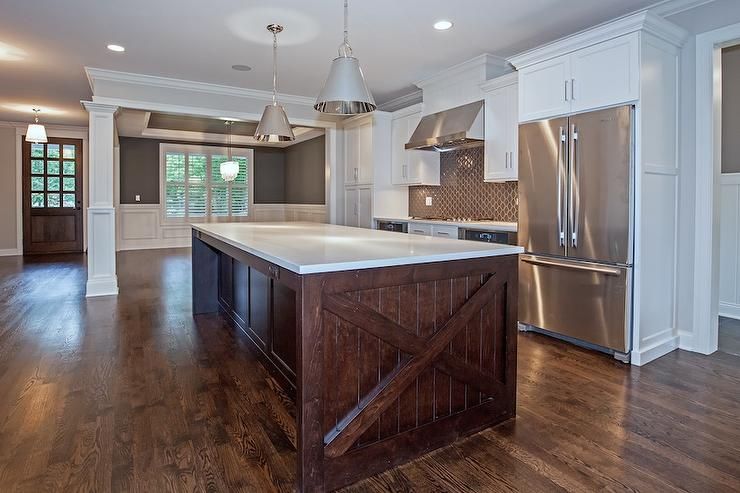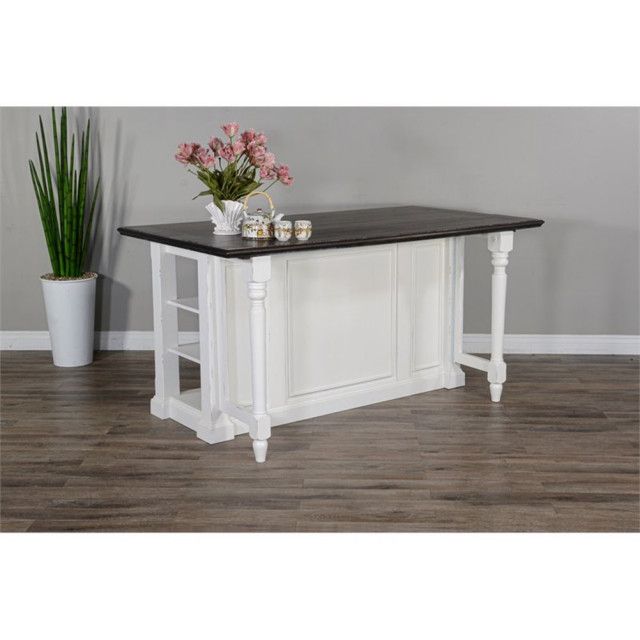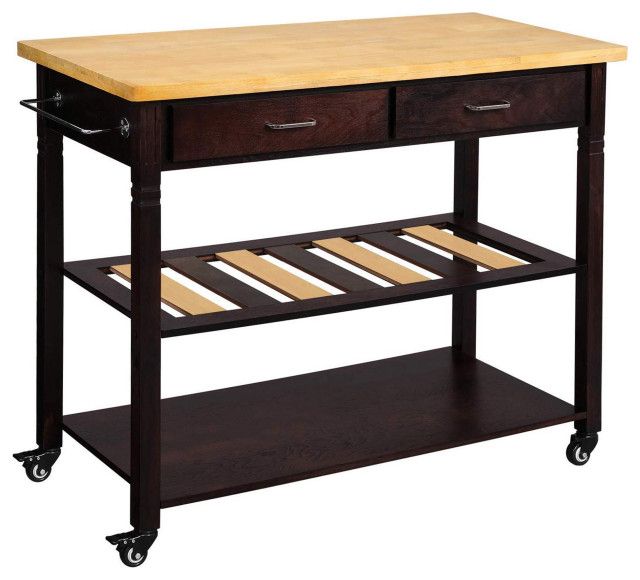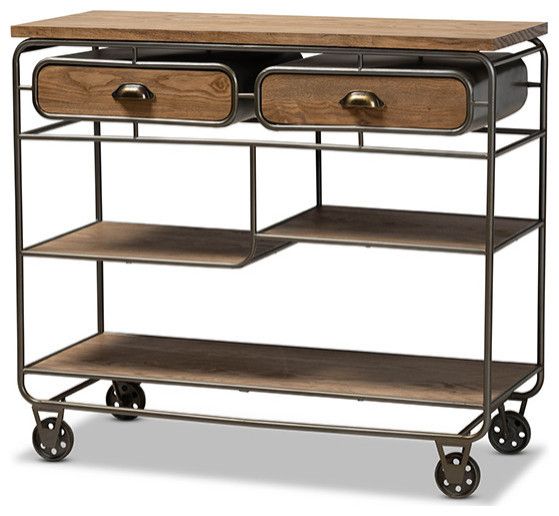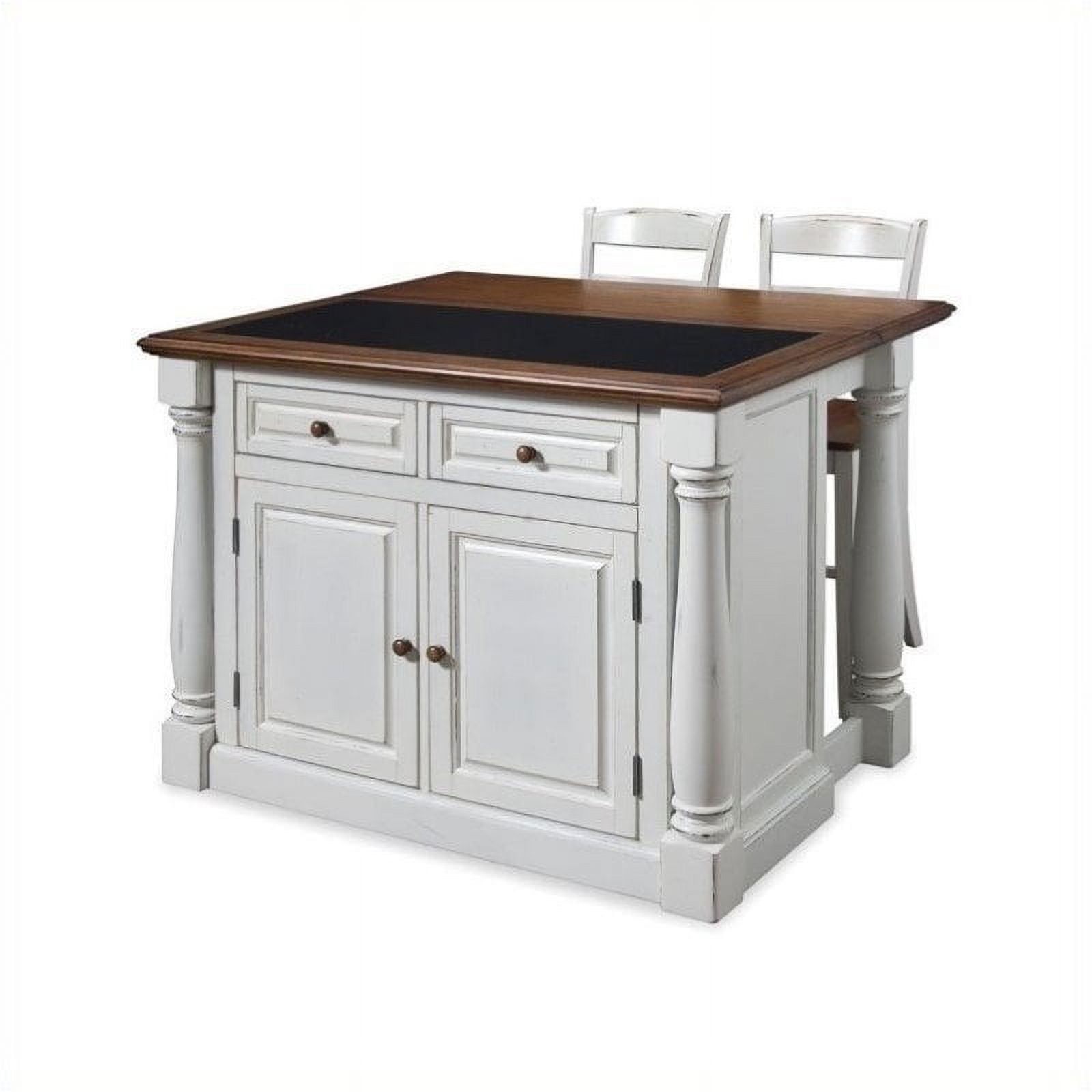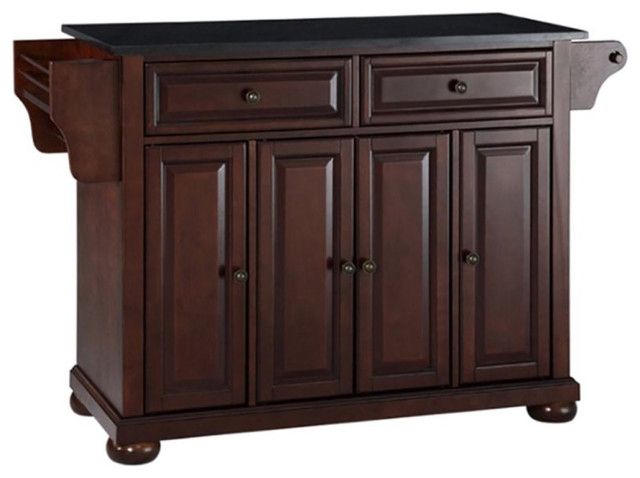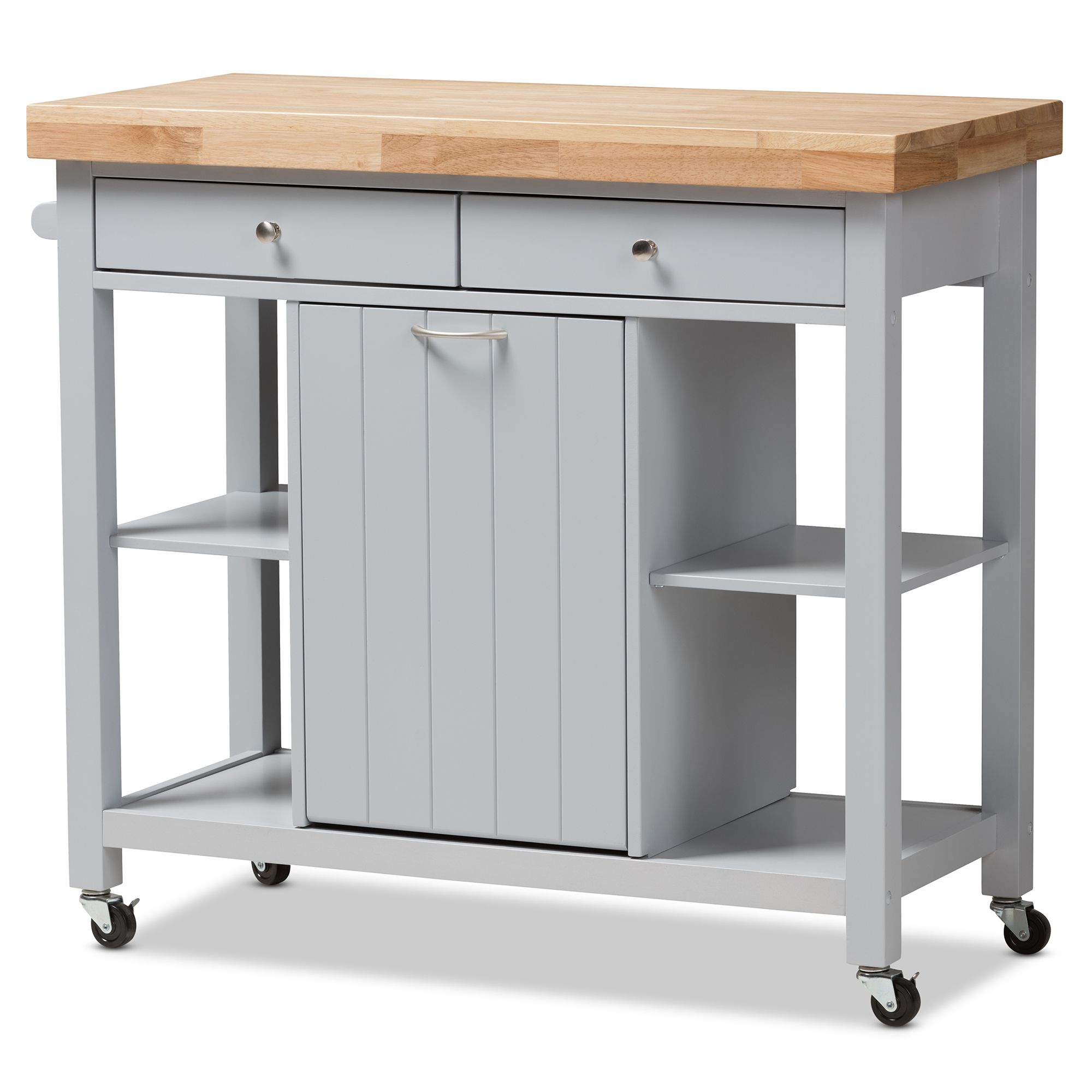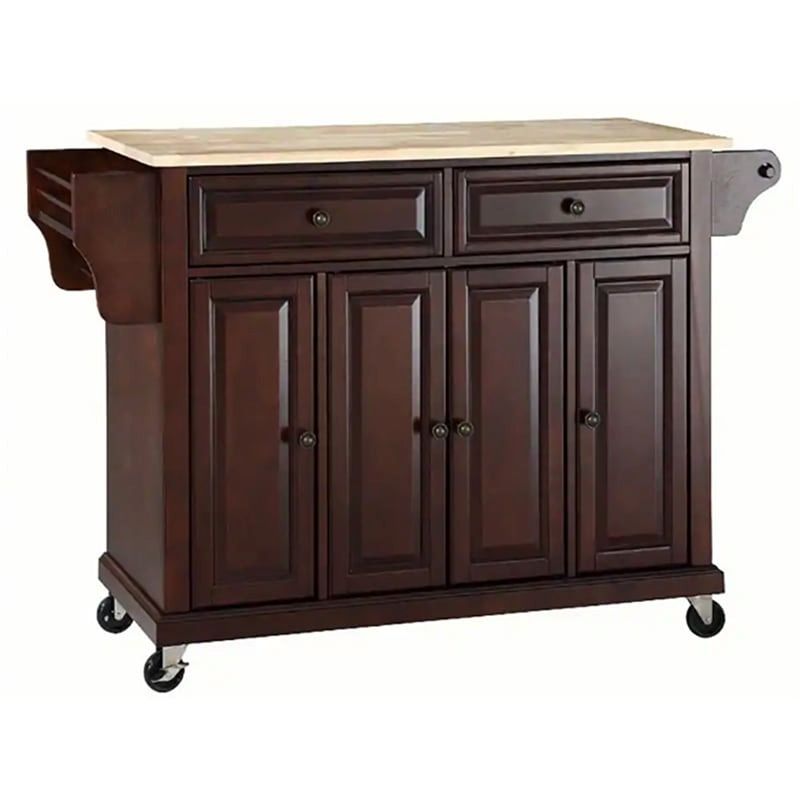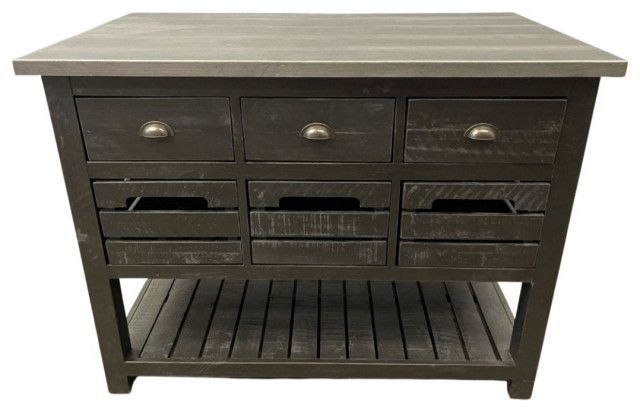Ever watched a chef effortlessly chop vegetables, seemingly with magic? That’s not magic; it’s mastery of knife skills. This guide will equip you with the knowledge and practice you need to elevate your cooking, making meal preparation faster, safer, and far more enjoyable. We’ll dive into everything from choosing the right knife to mastering various cuts, transforming you from a kitchen novice into a confident cook. Get ready to slice, dice, and conquer the culinary world.
The foundation of any great dish begins not with fancy appliances, but with the humble knife. Proper knife skills are more than just a technique; they’re a gateway to efficiency, safety, and, ultimately, better-tasting food. A well-honed knife allows for consistent cuts, ensuring even cooking. It also minimizes food waste, a win for your wallet and the environment. And, perhaps most importantly, it makes the entire cooking process more pleasurable. This isn’t just about chopping carrots; it’s about transforming ingredients into works of art, one slice at a time.
Choosing Your Weapons: The Essential Knives
Before you start chopping, you need the right tools. A well-stocked kitchen requires just a few key knives. First, you need a chef’s knife. This is your workhorse, used for almost everything – chopping vegetables, slicing meat, and more. Look for one with a comfortable handle and a blade length of 8-10 inches. Next, a paring knife is crucial for smaller, detailed work, like peeling fruits or trimming vegetables. A serrated knife, often called a bread knife, is essential for slicing bread, tomatoes, and anything with a tough exterior and soft interior. Finally, a boning knife is great for removing bones from meat and poultry.
Consider the quality of steel. High-carbon stainless steel blades hold their sharpness longer and are less prone to rust. Always prioritize comfort; a knife that feels good in your hand is more comfortable to use for extended periods. Don’t feel like you need to break the bank. A decent set of knives can be found at a reasonable price, and you can always upgrade individual knives as your skills develop. Remember, proper care – like regular sharpening and honing – is just as important as the knife itself.
Grip it Right: Mastering the Pinch Grip
How you hold your knife impacts control, safety, and fatigue. The pinch grip is the gold standard. Here’s how it works: pinch the blade near the bolster (the area where the blade meets the handle) with your thumb and index finger. Your other fingers then wrap around the handle for stability. This gives you maximum control and allows for a more natural motion. Think of it like holding a pen; you want precision and control.
Make sure your grip is secure but not tense. Relax your hand and let the knife do the work. A proper grip minimizes the chance of slips and accidents. Practice this grip with every cut, and you’ll quickly become more comfortable and confident in the kitchen.
The Rocking Motion vs. the Push Cut: Techniques Explained
Once you have the grip down, it’s time to learn the cuts. The rocking motion is best for chopping herbs, mincing garlic, and other tasks requiring a lot of fine work. Keep the tip of your knife on the cutting board and rock the blade up and down, using the curve of the blade. The push cut, on the other hand, is ideal for slicing vegetables and other items where you want a more direct, clean cut. Simply push the blade down through the food, using the entire length of the blade.
Practice both techniques. Start with softer vegetables like bell peppers or cucumbers, and then move on to harder items like carrots or potatoes. The key is to maintain a consistent rhythm and pressure. Experiment with different motions to find what feels most comfortable and efficient for you. Remember, slow and steady wins the race when you’re starting out.
Basic Cuts: Dice, Julienne, and Chiffonade
Knowing the basic cuts opens a world of possibilities. A dice is a cube-shaped cut, used for vegetables in soups, stews, and salads. The size of your dice (small, medium, or large) depends on the recipe. Julienne is a matchstick-shaped cut, often used for carrots and other vegetables. Start by slicing the vegetable into thin planks and then stacking them and slicing them into matchstick shapes. A chiffonade is used for leafy greens. Stack the leaves, roll them tightly, and slice them thinly to create ribbons.
Practice these cuts consistently. They will improve your speed, accuracy, and the overall presentation of your dishes. Watch videos and practice until you can make consistent cuts. Don’t get discouraged if your first attempts aren’t perfect; it takes time and practice.
Safety First: Preventing Kitchen Accidents
Safety should be your top priority. Always cut away from yourself. Keep your fingers tucked in, forming a ‘claw’ with your non-dominant hand to guide the food and protect your fingertips. Use a cutting board that’s stable and won’t slide around. Place a damp towel under the cutting board if needed. Keep your knives sharp; a dull knife is more dangerous than a sharp one because it requires more force, which can lead to slips.
Never try to catch a falling knife. Let it fall and move out of the way. Always wash your knives separately from other dishes, and store them safely, such as in a knife block or on a magnetic strip. Take your time and be mindful of your movements. Prevention is the key.
Beyond the Basics: Honing and Sharpening Your Knives
Maintaining your knives is essential for their longevity and performance. Honing (using a honing steel) realigns the blade’s edge, keeping it sharp. Hone your knives before each use, holding the steel at a slight angle and drawing the blade across it in a sweeping motion. Sharpening (using a whetstone or a sharpening system) removes tiny bits of metal, creating a new, sharp edge. Sharpening is needed less frequently than honing – typically a few times a year, depending on use.
Learn how to sharpen your knives properly, or consider having them professionally sharpened. A sharp knife is not only safer but also makes cooking a pleasure. Regular maintenance will extend the life of your knives and keep them performing at their best.
Mastering knife skills is a journey, not a destination. It requires practice, patience, and a willingness to learn. But the rewards are immeasurable. From faster meal preparation to improved food presentation, the ability to wield a knife with confidence will revolutionize your time in the kitchen. Start with the basics, practice consistently, and don’t be afraid to experiment. With each cut, you’ll build your skills and elevate your cooking. So grab your knives, embrace the challenge, and enjoy the delicious results.

